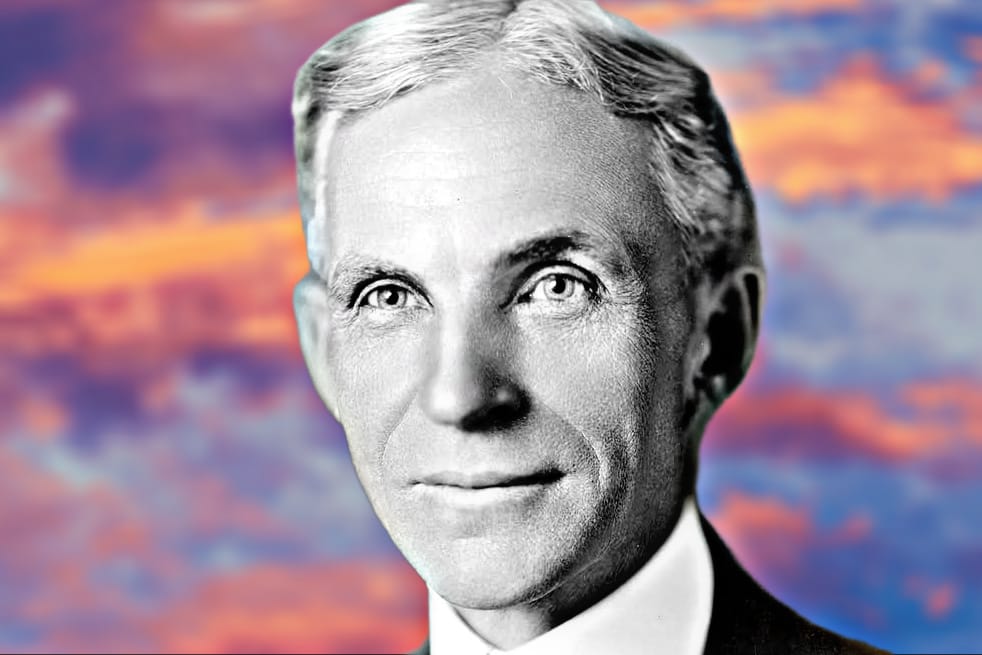Henry Ford, the American industrialist and founder of the Ford Motor Company, stands as one of the most influential figures in modern history. His legacy extends far beyond the creation of the automobile; Henry Ford innovations reshaped the manufacturing landscape and transformed society in ways that are still felt today. This article explores the life, achievements, and enduring impact of Henry Ford, touching upon his pivotal role in the automobile industry, his development of mass production techniques, and his vision for a better world.
Early Life and Background
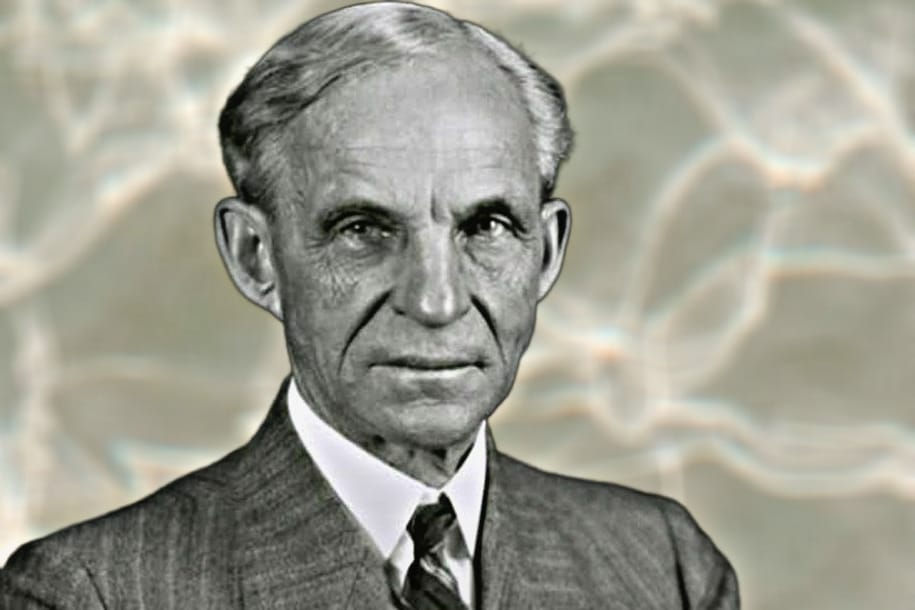
Henry Ford was born on July 30, 1863, on a farm near Dearborn, Michigan. Growing up in a rural environment, Ford was exposed to the value of hard work, but his passion for mechanics and innovation quickly set him apart from his peers. His curiosity about machines and technology began at a young age. Ford’s father, William Ford, was a farmer who believed in self-reliance, but Henry’s interests lay more in tinkering with engines and tools.
At the age of 16, Henry Ford left the farm to work as an apprentice machinist in Detroit. During his time in Detroit, Ford learned the complexities of mechanics, a skill that would prove crucial later in his life. In the years following, Ford worked in various machine shops, gradually developing his expertise in engineering and mechanical design.
Henry Ford interest in engines and transportation led him to work at the Edison Illuminating Company in 1891. His rise through the company was rapid, and by 1893, Ford had become an engineer for the company. It was during this period that Ford met Thomas Edison, a meeting that would influence much of his future career. Edison encouraged Ford to pursue his dreams, eventually leading him to focus on developing his own automotive company.
The Birth of the Ford Motor Company
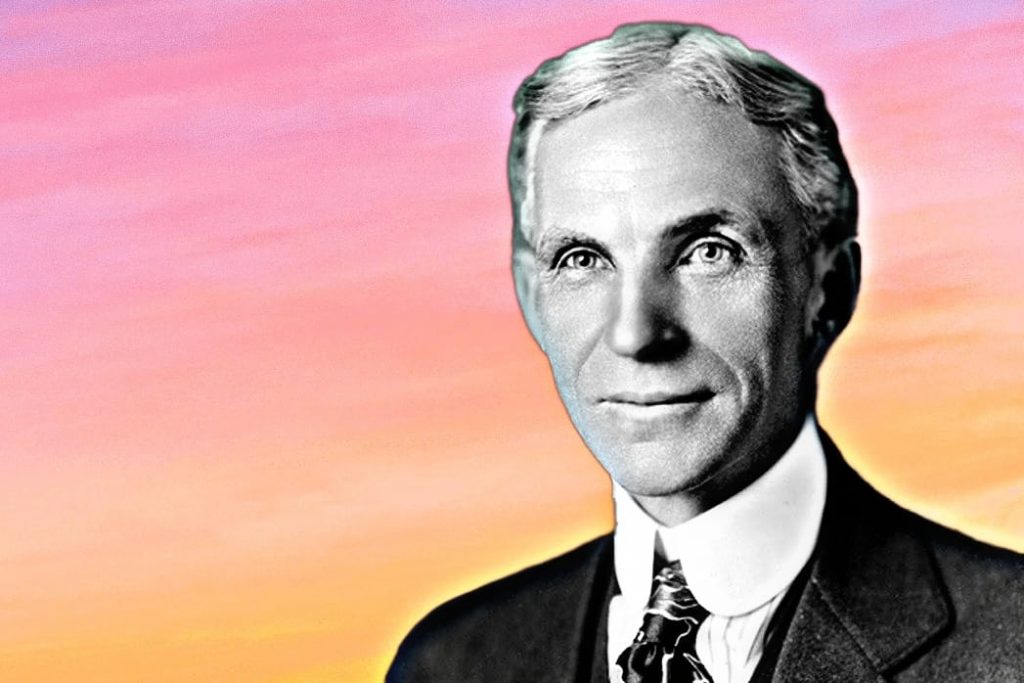
Ford’s ambition to create a reliable, affordable car for the average American led him to start the Ford Motor Company in 1903. With an initial investment from a group of investors, Ford launched the company with the goal of creating vehicles that would be accessible to a broader demographic, not just the wealthy elite.
The first major breakthrough came in 1908 with the introduction of the Model T. The Model T, often called the “Tin Lizzie,” was a simple, durable, and inexpensive car that revolutionized transportation. It was affordable for middle-class Americans, costing around $850 at the time, a price that rapidly decreased with the mass production methods that Ford implemented.
The Model T was not just a car; it was a symbol of Ford’s vision for the future. Ford understood that for the car to be a mass-market success, it needed to be reliable, easy to repair, and affordable. The Model T’s design was simple, and it was made of durable materials, which ensured longevity and reduced maintenance costs. Its ease of operation also appealed to people who had little experience driving.
The Impact of Mass Production
One of Henry Ford’s most significant contributions to industrialization was the development of the assembly line. While assembly lines were used in various industries before, Henry Ford system would become the model for modern mass production. The idea was simple: break down the manufacturing process into smaller, more specialized tasks, and have workers perform repetitive tasks to increase efficiency and speed up production.
In 1913, Ford introduced the moving assembly line at his Highland Park factory in Michigan. This innovation allowed Ford to increase production rates drastically while simultaneously reducing costs. The time it took to assemble a Model T dropped from 12 hours to just 90 minutes. As a result, Ford was able to produce cars at a rate never seen before, flooding the market with affordable vehicles.
The introduction of the assembly line had profound effects on the automotive industry and the global manufacturing process. Ford’s method not only made cars more affordable but also helped set the stage for the mass production of all sorts of consumer goods. Ford’s innovation is often credited with helping the United States become a dominant industrial power during the 20th century.
Labor and Worker Welfare: The $5 Workday
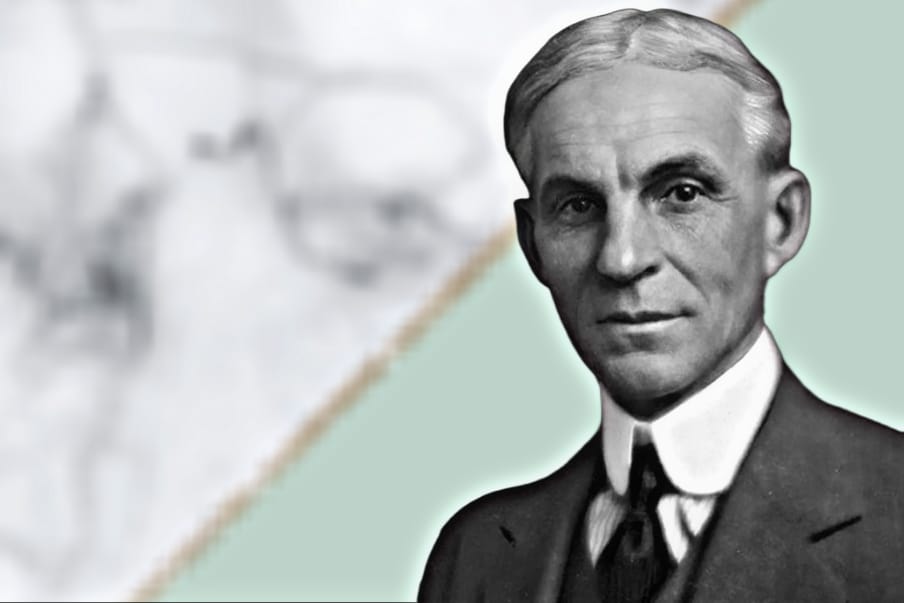
Henry Ford commitment to efficiency extended not just to his production processes, but also to the welfare of his workers. In 1914, Henry Ford made a bold move by introducing the $5 workday, which was more than double the average wage of the time. This was an unprecedented decision that had a far-reaching impact on both Ford’s employees and the broader economy.
By offering higher wages, Henry Ford hoped to reduce turnover and increase worker satisfaction, which would, in turn, lead to increased productivity. The $5 workday also allowed Ford’s employees to afford the very cars they were producing, creating a built-in market for the Model T. Ford’s move was groundbreaking and set a new standard for labor relations in the manufacturing industry.
The $5 workday was not without its critics, and Henry Ford management practices came under scrutiny. Some argued that the high wages were a publicity stunt, but in reality, Ford was far ahead of his time in recognizing the importance of worker compensation and its impact on productivity. His forward-thinking approach to labor relations helped create a sense of loyalty and pride among his employees, who benefitted from improved living standards and job security.
Expansion and Innovation
Henry Ford success was not confined to the United States. As the Ford Motor Company grew, it expanded its operations internationally. The company established manufacturing plants in countries around the world, including Canada, England, and Argentina, and began selling cars globally.
Henry Ford also made significant contributions to automotive innovation beyond the Model T. In 1915, Ford introduced the Fordson tractor, a revolutionary product that helped modernize agriculture. The Fordson was the first mass-produced tractor, and it played a crucial role in increasing agricultural productivity across the United States and other countries. Henry Ford expansion into farming equipment marked the company’s diversification and ability to meet the needs of different markets.
Henry Ford innovations were not limited to cars and tractors. He was also interested in improving the quality of life for the average American. In 1917, Henry Ford launched the Ford Rouge Plant, which became one of the largest and most advanced industrial complexes in the world. The Rouge Plant was a symbol of Ford’s vision of integrated manufacturing, where raw materials were turned into finished products under one roof. The plant also featured a variety of worker welfare programs, including healthcare facilities and recreational spaces, further underscoring Ford’s commitment to improving the lives of his employees.
Social and Cultural Impact
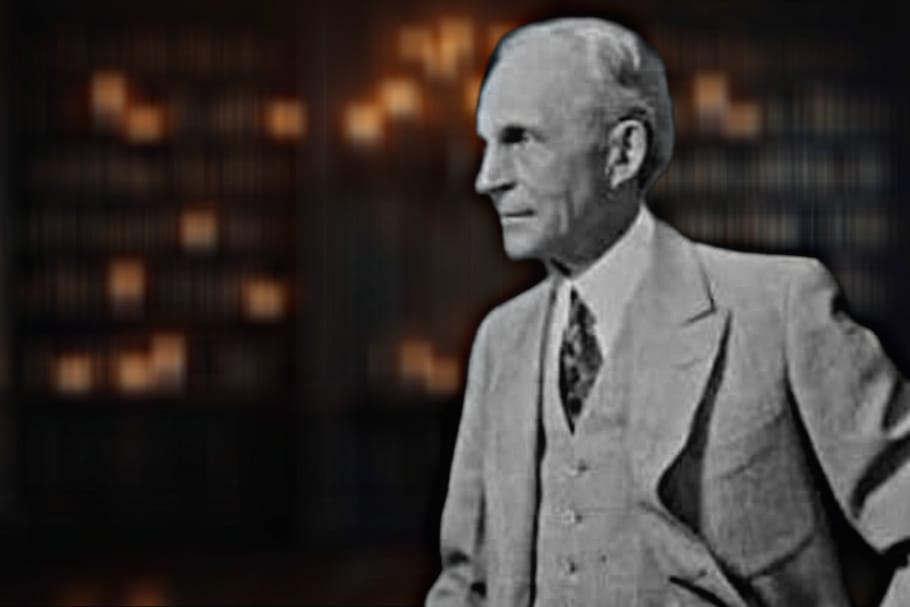
Henry Ford influence extended beyond the automotive industry and into American society. The affordability of the Model T democratized transportation, giving millions of people the ability to travel long distances and access opportunities that were once out of reach. The car also helped shape American culture, contributing to the rise of suburban living, road trips, and the growth of the tourism industry.
Henry Ford impact on American society was not limited to his business ventures. He was also involved in social and political issues. Ford was known for his philanthropic activities and established several charitable foundations during his lifetime. However, he was also a controversial figure due to his views on various social issues, including his anti-Semitic publications in the 1920s. Despite this, Henry Ford legacy as an industrial pioneer remains intact, and his contributions to the automotive industry and mass production are celebrated worldwide.
The Decline of Henry Ford’s Influence
As the Ford Motor Company grew, so did the competition. The automotive industry saw the rise of other major players, such as General Motors and Chrysler, who began to challenge Ford’s dominance. Ford’s focus on producing a single model, the Model T, eventually became a disadvantage as consumer preferences changed, and the demand for more stylish, versatile vehicles grew.
In 1927, Henry Ford discontinued the Model T and introduced the Model A, which was more modern and offered a wider variety of features. The transition from the Model T to the Model A marked the end of an era, but it also highlighted the need for continual innovation in the face of evolving market demands.
AlthoughHenry Ford influence waned in the decades following World War II, his innovations in mass production and his role in the development of the automobile industry continue to shape the world today. The legacy of Henry Ford is still evident in the modern manufacturing processes used by companies worldwide.
Henry Ford’s Legacy
Henry Ford passed away on April 7, 1947, at the age of 83. His death marked the end of an era, but his contributions to the automotive industry and manufacturing remain a cornerstone of modern industrial practices. Henry Ford introduction of the assembly line, his focus on worker welfare, and his commitment to making automobiles affordable for the average person helped lay the foundation for the modern world we live in today.
Henry Ford legacy is not just about cars or factories; it is about how innovation, hard work, and vision can change the course of history. Henry Ford’s life and career are a testament to the power of entrepreneurship, the importance of worker rights, and the far-reaching impact of technological advancements on society.

